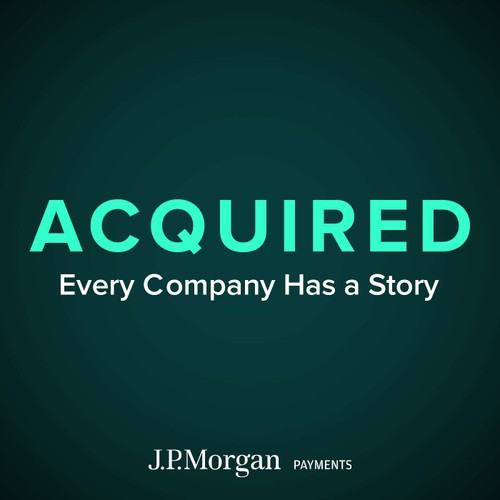
 Acquired
Acquired Novo Nordisk (Ozempic)
2740 snips
Jan 22, 2024 Discover how Novo Nordisk transformed the pharmaceutical landscape with its groundbreaking diabetes and obesity treatments, Ozempic and Wegovy. The narrative uncovers the company's humble beginnings and its self-disruption akin to a tech giant's 'iPhone moment.' Dive into the intense rivalry within the insulin market and the ethical dilemmas faced in its evolution. Explore the incredible journey of GLP-1 drugs, from skepticism to success, and how they are reshaping perceptions around obesity and health management. This is a story of innovation, commitment, and the future of healthcare.
AI Snips
Chapters
Books
Transcript
Episode notes
Insulin Discovery
- Banting and Best discovered insulin in 1921, leading to the 1923 Nobel Prize.
- McLeod, their supervisor, controversially shared the prize, omitting Best.
Early Insulin Challenges
- Banting and Best's insulin wasn't a cure; patients needed regular injections.
- Early insulin was impure, causing side effects like swelling and infections.
Eli Lilly's Role
- The University of Toronto licensed insulin production to Eli Lilly.
- Eli Lilly sourced pancreases from slaughterhouses, creating an early supply chain.






